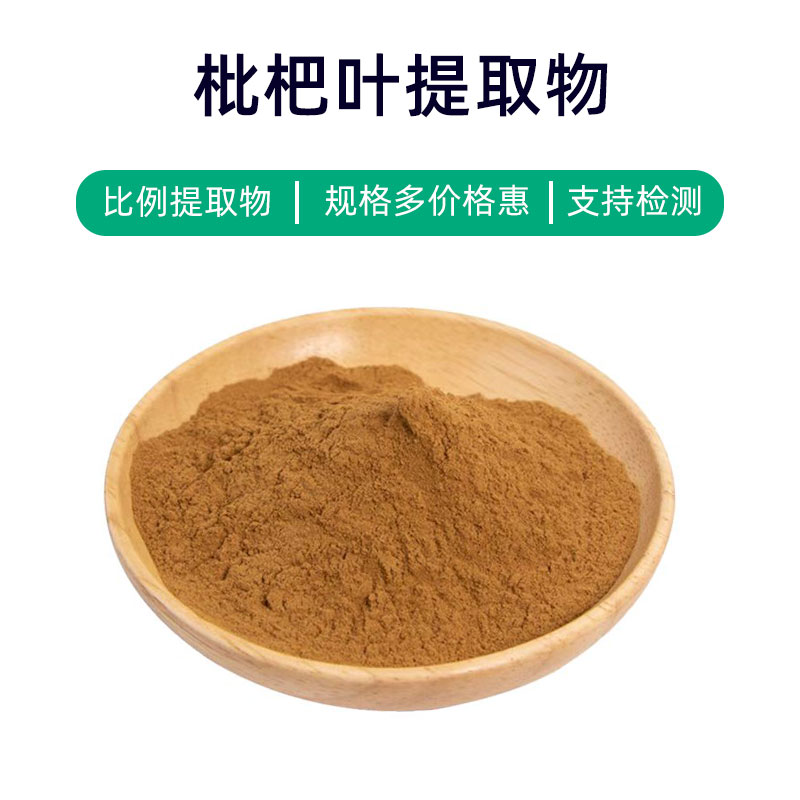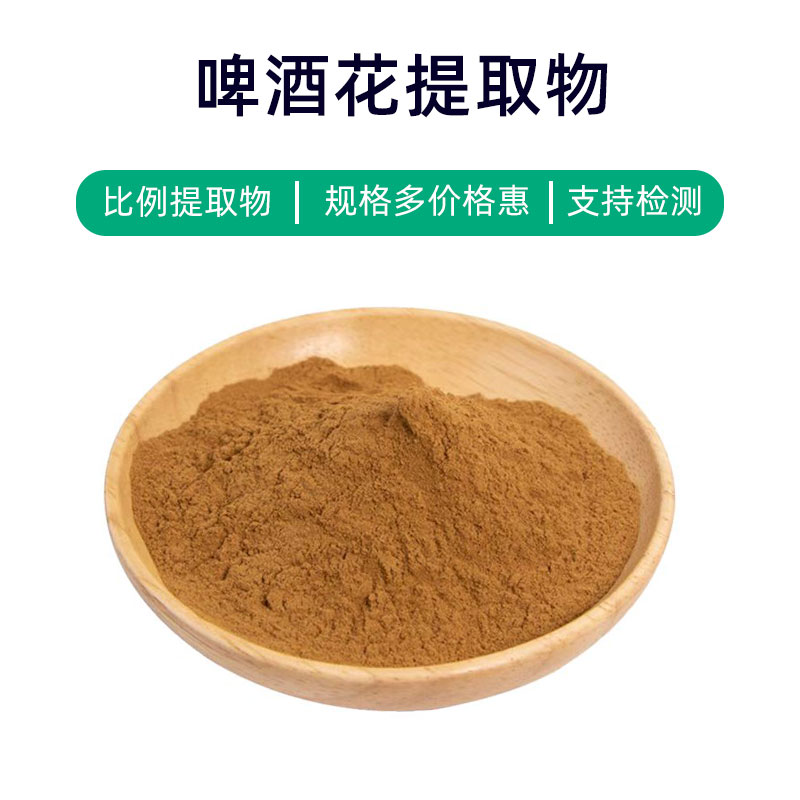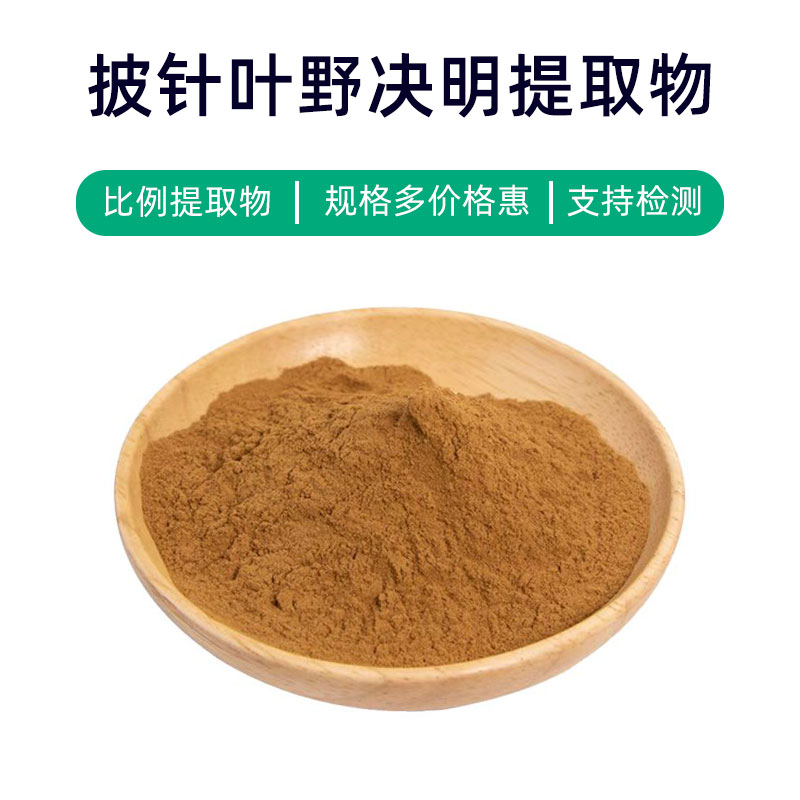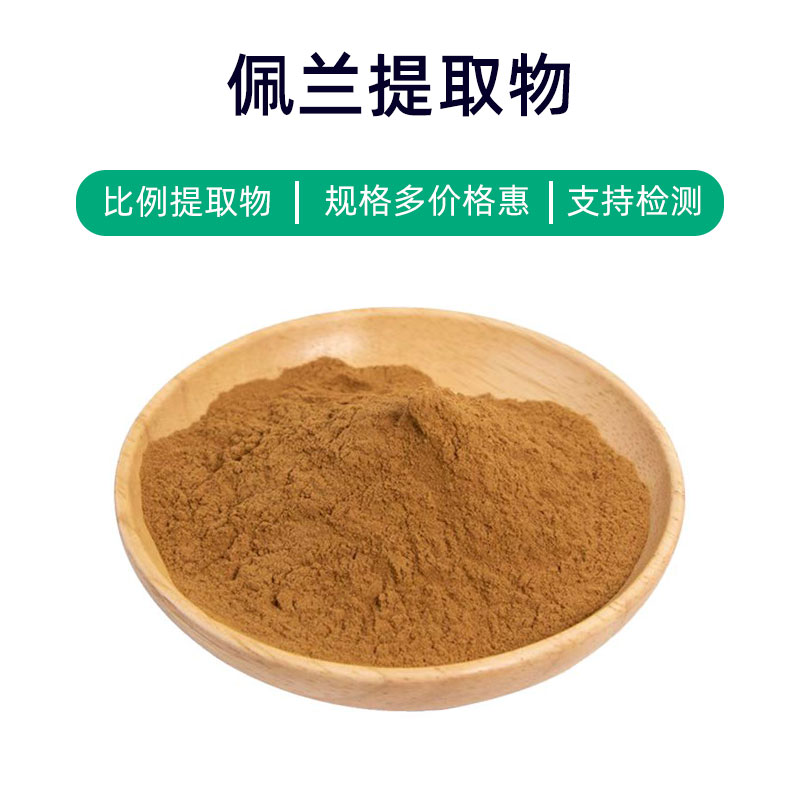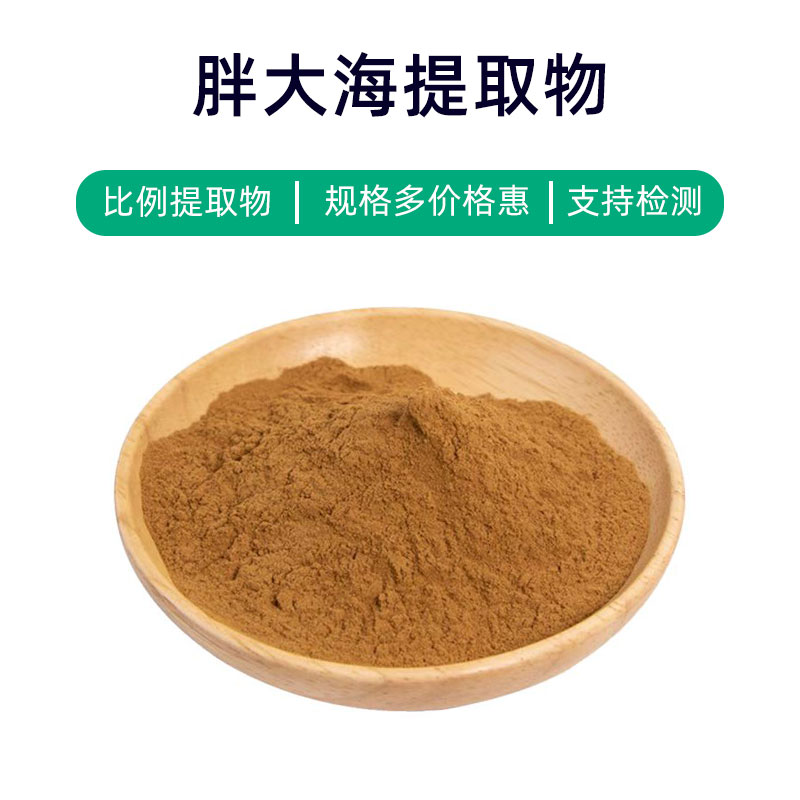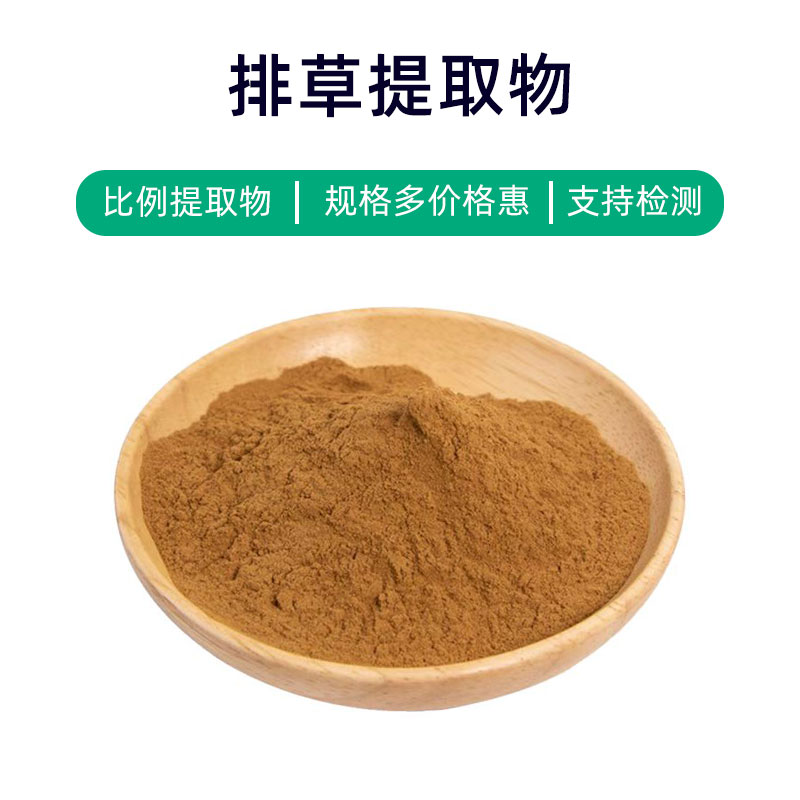Introduction to Mimosa Extract
Mimosa Extract is a natural plant extract derived from the Mimosa plant, primarily consisting of bioactive components such as tannins and alkaloids. These components give the extract various effects and applications.
First, Mimosa Extract exhibits antioxidant and anti-inflammatory properties, capable of neutralizing free radicals, slowing cellular oxidative damage, and helping protect the skin from environmental harm, thus preventing skin aging.
Secondly, it has a calming effect on the skin, helping to alleviate discomfort from skin allergies, redness, and itching, thereby improving the condition of sensitive skin and enhancing skin resistance.
Additionally, Mimosa Extract has moisturizing and hydrating benefits, enhancing the skin's water retention ability, improving dry skin, and keeping it smooth and supple.
In the pharmaceutical field, Mimosa Extract is often used in the preparation of anti-inflammatory, anti-allergic, and calming medications or health supplements. In cosmetics, it is frequently added to skincare products, masks, and lotions to improve sensitive skin, provide antioxidant benefits, and enhance moisture retention. The extract can also be used as a food additive, providing health benefits to foods as a natural plant extract.
In summary, as a natural plant extract, Mimosa Extract possesses various effects such as antioxidant, anti-inflammatory, calming, and moisturizing properties, and is widely utilized in pharmaceuticals, health supplements, cosmetics, and food, contributing positively to health and beauty.
Production Process of Mimosa Extract
The production process of Mimosa Extract typically includes the following steps:
- Raw Material Collection and Processing: Fresh, high-quality Mimosa is selected as the extraction material, followed by initial cleaning to remove impurities and foreign matter, ensuring the purity and quality of the extract.
- Soaking: The processed Mimosa material is immersed in an appropriate solvent, such as water or ethanol, for extraction. Parameters like soaking time, temperature, and solvent concentration must be strictly controlled to ensure the effective extraction of active components.
- Filtration of Extract: The soaked solution is filtered to remove solid particles and impurities, yielding a relatively clear extract.
- Concentration: The filtered extract is concentrated, typically using vacuum concentration or membrane concentration methods, to concentrate the active ingredients while removing the solvent.
- Precipitation and Separation: After concentration, precipitation may occur, requiring additional processing to separate and obtain a clear extract.
- Drying: The separated extract undergoes drying, often through spray drying, vacuum drying, or freeze-drying, converting it into powder or granular form.
- Crushing and Packaging: The dried extract is crushed or ground to achieve the desired particle size, followed by packaging and sealing to ensure product quality and shelf life.
Throughout the production process, it is vital to control the environment and parameters strictly to ensure product quality, purity, and stability. Compliance with relevant production standards and regulations is essential for safe and reliable market deployment.
Efficacy and Side Effects of Mimosa Extract
Mimosa, a plant with significant medicinal value, has a wide range of applications in pharmaceuticals, health supplements, and cosmetics. The main effects, benefits, and potential side effects of Mimosa Extract are as follows:
- Antioxidant Effects: Rich in various antioxidants, such as flavonoids, phenolics, and Vitamin C, Mimosa Extract effectively scavenges free radicals, delays cell aging, and protects cell membranes and structures, contributing to skin health.
- Anti-inflammatory Properties: The flavonoids and polyphenols in the extract have notable anti-inflammatory effects, alleviating skin inflammation, redness, and itching.
- Moisturizing and Hydrating: Mimosa Extract has excellent moisturizing properties, enhancing the skin's ability to retain moisture and improving dry and rough skin conditions, keeping the skin soft, smooth, and elastic.
- Brightening and Spot Reduction: Active components in Mimosa can inhibit pigmentation, reducing spots, freckles, and sun damage, resulting in a brighter and more even skin tone.
- Antibacterial Properties: Mimosa Extract exhibits antibacterial and antifungal effects against certain microorganisms, aiding in improving skin barrier functions and preventing infections and inflammation.
- Calming and Soothing: It provides relief for skin sensitivity and allergies, helping to reduce discomfort and irritation, resulting in a more relaxed and calm skin feeling.
- Promoting Wound Healing: Polyphenolic components in the extract can enhance wound healing, accelerating skin tissue repair and regeneration while minimizing scar formation.
- Anti-aging: The various active ingredients in Mimosa Extract exhibit antioxidant and anti-inflammatory actions, slowing the aging process and preventing skin sagging and wrinkle formation.
Although Mimosa Extract has numerous beneficial effects, individual differences and allergy considerations must be taken into account. Possible side effects may include allergic reactions in certain individuals, such as skin redness, itching, or irritation, hence it is advisable to conduct a skin sensitivity test prior to use and follow the manufacturer's guidelines regarding dosage and application. Pregnant women, nursing mothers, and individuals with specific skin issues should consult with a healthcare provider before use.
Application Scenarios and Dosage of Mimosa Extract
Mimosa Extract finds extensive applications in pharmaceuticals, food, and cosmetics. Below are descriptions of its uses and recommended dosages in these areas:
- Applications in the Pharmaceutical Field:
- Anti-inflammatory and Swelling Relief: Mimosa Extract is known for its significant anti-inflammatory properties and can be used in formulating anti-inflammatory ointments and topical solutions for treating conditions like skin inflammation, eczema, and acne.
- Pain Relief and Calming: It can be used to prepare pain relief ointments and soothing creams to alleviate skin discomfort, itching, and redness.
- Skin Repair: The extract has properties that help repair skin tissue, making it suitable for treating minor burns, sunburns, and cuts, promoting wound healing.
- Applications in the Food Industry:
- Health Supplements: Mimosa Extract can be formulated into health supplements, like oral liquids and capsules, to help boost immunity and regulate bodily functions.
- Functional Foods: It can be added as a functional flavoring to foods, such as using Mimosa powder in beverages like teas and juices to enhance nutritional value and functionality.
- Applications in the Cosmetics Industry:
- Skincare Products: Mimosa Extract is commonly included in skincare products like masks, lotions, and creams, providing antioxidant, moisturizing, brightening, and soothing functions suitable for all skin types.
- Makeup Products: It can also be used in makeup products like foundations and powders for benefits such as color correction, coverage, and enhancing skin appearance for a more natural look.
Dosage Guidelines:
- Topical Pharmaceutical Products: Apply as needed to the affected area, 2-3 times per day, in an appropriate amount.
- Oral Health Supplements: Follow the dosage recommended in the product instructions, typically 1-2 times a day, with 1-2 capsules per serving.
- Cosmetics: Use according to the product instructions, generally 1-2 times daily, applying an appropriate amount to the face or body.
It's important to follow product instructions or consult a physician for specific dosage guidelines, avoiding excessive or prolonged use that might lead to adverse reactions. Additionally, pregnant women, nursing mothers, children, and those with allergies should seek professional advice before use.
Overview of the Source Plant for Mimosa Extract: Distribution and Growing Environment
Mimosa (Scientific Name: Mimosa pudica), also known as sensitive plant, shy plant, or touch-me-not, is a common herbaceous plant belonging to the legume family. It is a perennial herb. Below is a detailed introduction to the source, distribution, and growing environment of Mimosa.
- Source Plant Overview:
Mimosa is native to South America, primarily found in Brazil, Peru, and Argentina. It has since been introduced to other tropical and subtropical regions worldwide, including Asia, Africa, and Australia, becoming a common plant in these areas. Mimosa typically grows in fields, along roadsides, in grasslands, forest edges, riverbanks, and at the base of hills, favoring sunny, moist, and well-drained environments. - Distribution:
- Asia: It is widely distributed across Asia, including India, China, and Southeast Asian countries, especially common in tropical and subtropical regions.
- Africa: Mimosa is also widespread across the African continent, found in countries like South Africa, Nigeria, and Ethiopia, flourishing in tropical and subtropical climates.
- Australia: Introduced to Australia, Mimosa has become one of the invasive species in some areas, impacting local ecosystems significantly.
- Growing Environment:
- Moist Climate: Mimosa is highly adaptable and can flourish in moist climate conditions such as tropical rainforests and subtropical regions.
- Open Forest Areas: It can also be observed in open forest areas, along riverbanks, near lakes, and in cultivated and grassland areas.
- Cold Tolerance: Mimosa can withstand lower temperatures, but it is less tolerant of extreme cold.
Mimosa prefers growing in regions characterized by moisture, ample sunlight, and good drainage. It generally thrives in clearings, grasslands, and the edges of cultivated lands, although it can also grow in drier environments, albeit with some limitations in density and distribution. In agricultural fields, Mimosa is often regarded as a weed, but it can also serve beneficial roles in soil improvement and protection.
Processing and Storage of Mimosa Extract
The processing of Mimosa Extract generally involves several steps: first, collecting the fresh leaves or other parts of the Mimosa plant; then conducting initial cleaning and sorting; followed by processes such as crushing, soaking, and filtration to extract the active components of the plant; and finally, concentrating and drying the extract. For storage, it is typically recommended to keep Mimosa Extract in a cool, dry place, avoiding direct sunlight and high temperatures, while also preventing moisture to maintain its quality and stability.
Monica Sun is a seasoned expert in the plant extraction industry with over a decade of experience in research and production. She specializes in the extraction and purification of plant active ingredients, focusing on driving innovation in natural product applications. Monica has participated in the development of multiple functional plant extracts, delivering high-value natural raw material solutions for the health food, pharmaceutical, and dietary supplement sectors.









